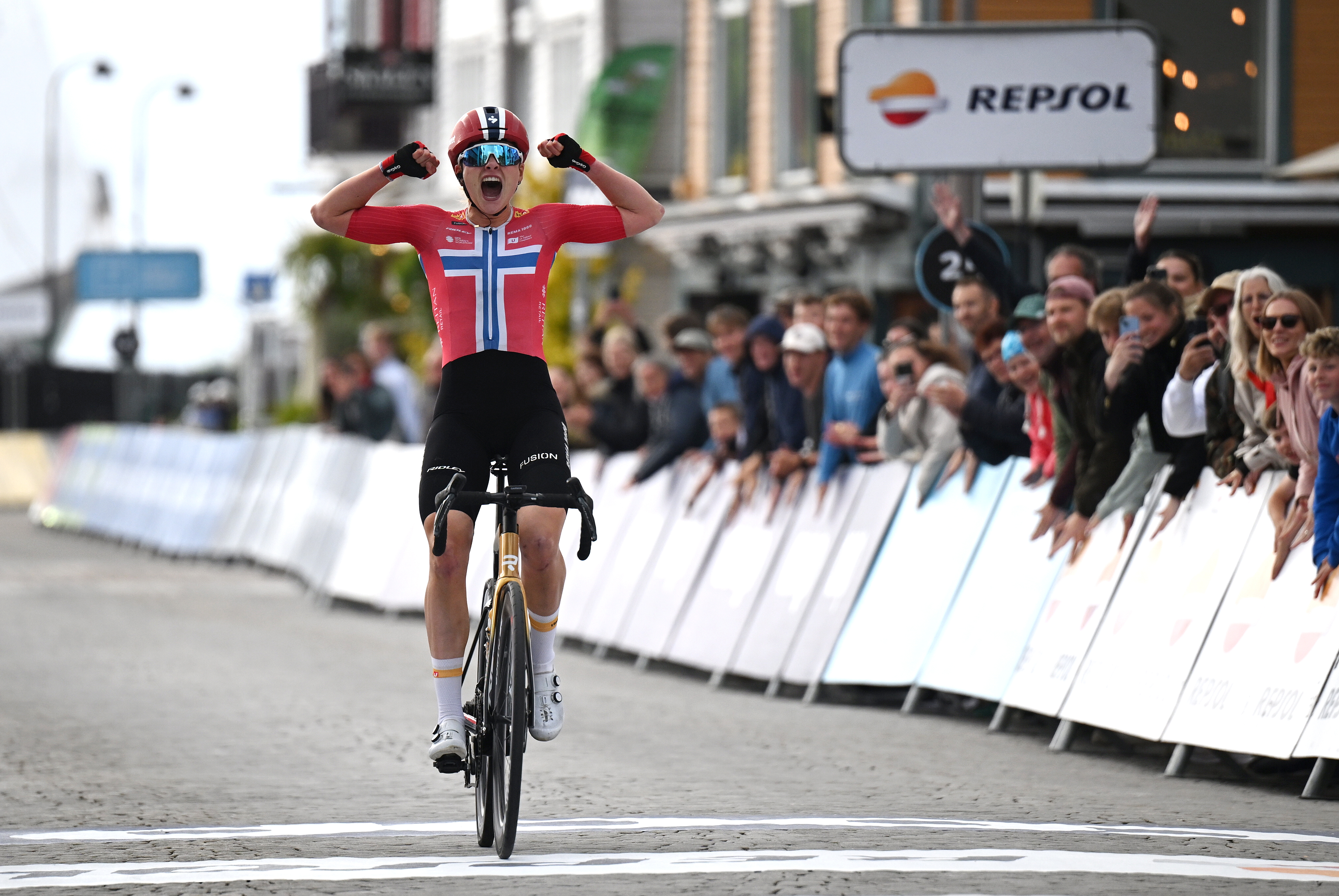USA Cycling to increase domestic anti-doping efforts
Florida leads grassroots anti-doping charge
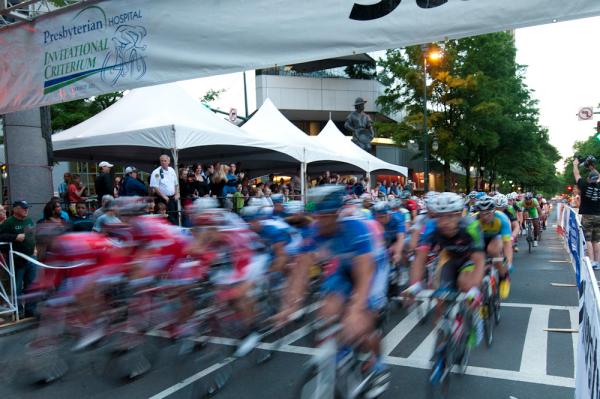
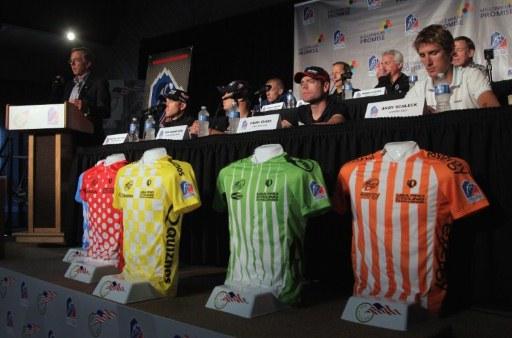
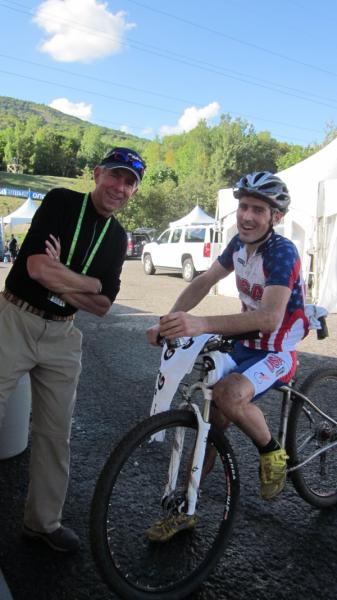
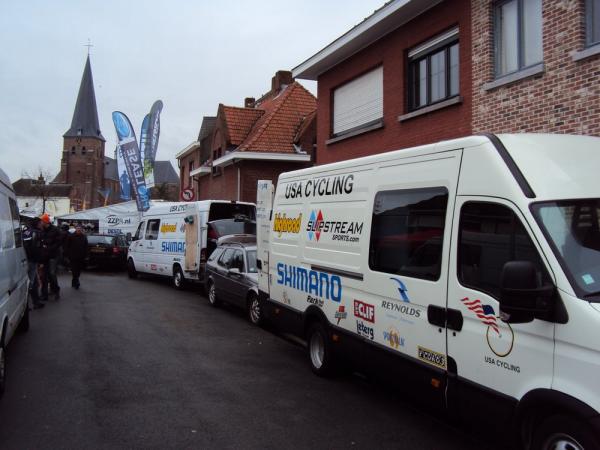
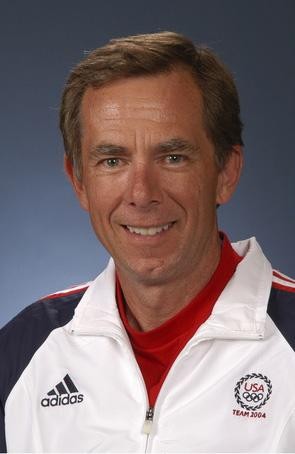
The sport of professional cycling in the USA has suffered a severe blow to its credibility due to the doping case of its biggest (former) hero, Lance Armstrong, but the scourge of cheating is not just at the highest level of the sport.
One motivated individual in the US state of Florida has taken matters into his own hands to control doping at the grassroots level: Jared Zimlin started the Florida Clean Ride Fund to raise money to bring anti-doping controllers to local races, and the effort has spread. Similar programs are being planned for the Mid-Atlantic and Colorado, and now USA Cycling has confirmed to Cyclingnews that it plans to devote some budgetary resources to increased testing and education at the grassroots level in 2013.
Professional sport gets the most attention in terms of doping controversies, and as a result, there are extensive programs in place such as out-of-competition testing, the biological passport and whereabouts filing requirements. But even though racers at the local level face the same anti-doping rules and face the same issues with doping, there are few to no resources to battle it.
Since 2000, USA Cycling has removed itself from anti-doping adjudication because of the obvious conflict of interest in having a governing body that is seeking to earn spaces on the Olympic teams deciding whether to pursue doping cases that might damage those chances.
Twelve years ago, the World Anti-Doping Agency (WADA) was created, and later came the US Anti-Doping Agency (USADA), which maintains control over the testing of all Olympic sports and adjudication of all doping cases in the USA. The agency gets federal funding, and under that budget provides a limited number of tests to each Olympic sport.
Cycling typically gets around 400 tests per year, or 30 events, spread across all disciplines, in addition to the out-of-competition tests done on athletes in the testing pool.
USA Cycling president Steve Johnson told Cyclingnews that while the focus has been on the elite athletes in the past, his organization has encouraged USADA to add testing at the masters and amateur levels, beginning first with the masters national championships in 2009.
The latest race content, interviews, features, reviews and expert buying guides, direct to your inbox!
"We've always had an interest in and an eye toward testing recreational level racing," Johnson said. "The primary concern, a reality of the landscape, is testing for drugs in sport is a fairly expensive proposition. It's about $6,000/event. From our perspective, we're absolutely committed to it."
Expect to see anti-doping controllers at more of the national calendar races and local events in 2013 as USA Cycling will be subsidizing more tests from its budget in addition to adding more educational programs and targeted testing, all ideas which resulted from meetings this week with the sport committees and board of directors.
"It's not just increasing testing: because as you know, most of what occurred around the [Lance] Armstrong investigation had nothing to do with positive test results. The testing in and of itself isn't the answer - it's the combination of increased testing, which we are going to move to do, increased threat of testing - just the fact that an event can be tested and people aren't sure, it amplifies the value of your testing."
There is also the possibility of whistle-blowers calling up USADA and asking them to test individuals. That kind of targeted testing has led to a number of suspensions in the USA in the past few years. Johnson said USA Cycling can assist USADA in locating athletes by sharing start lists and other information.
"Any member of ours by virtue of owning a license agrees to submit to testing at any time - either in competition or out of competition."
Florida Clean Ride leads the grass-roots charge
It took the discovery that racers were refusing to travel to Florida to compete because they thought that amateur-level doping was prevalent for race promoter and Gearlink Racing team president Jared Zimlin to realize that something had to be done.
Even though USA Cycling, which sanctions the events in his state, has clear anti-doping rules and each athlete is subjected to be tested by the US Anti-Doping Agency, it was a very rare occasion that a race in Florida would have a USADA presence. The limited number of races USADA tests for cycling - 30, according to the agency - is mainly focused around national championships and elite events.
"There were groups trying for years to get USADA to show up to our state-level races," Zimlin told Cyclingnews, but the only time USADA showed up is if someone used their hotline to report a specific person's doping activities. The rumor mill swirled with doping suspicion, but the defining moment came when a Florida official worked a race up in neighboring Georgia. He idly asked a junior coach why their teams never come to race in his state anymore - the reply, "even the juniors down there are doping".
The answer to this image problem was the Florida Clean Ride Fund, which raises money to bring USADA to test events in the state, but which then steps aside and allows the agency to choose the races and riders it tests so that the fund is not seen to be targeting any specific individual, category, race or region.
"The reason that we started this was that there was the perception that Florida was a dirty state," Zimlin said. "But the main problem was costs: USA Cycling doesn't provide any assistance, so we decided to tackle it ourselves by raising money and working with promoters to bring testers in.
"We have had a very positive response. USADA was very cooperative - we were the first of any sport in any state to make such an effort," Zimlin said. He received educational support and materials from USADA in addition to bringing them in for three events.
"USADA gave a package deal of $17,000 for 7 events," he said, but the $11,000 they managed to raise was only good for three events or about 26 athletes, so far. Even with limited testing, Zimlin said he's seen an effect. The effort so far ended up with one rider suspended - Julio Cruz, 45, tested positive for methylhexaneamine at the Parkland Circuit race in Coral Gables, the results of a nutritional supplement. He was suspended for six months.
"Without enforcement (of the anti-doping rules), there's no reason not to cheat if you're so inclined to take that risk with your health and have a win-at-all-costs attitude. If there is no deterrent, there is nothing stopping you.
"We get a lot of feedback saying it feels like the racing speeds have changed, that fields are more competitive and that some of the people who had previously dominated certain fields no longer appear. Who knows if it is directly attributed to our program or not," he said, but added that education, combined with the prospect that athletes might get tested has gone a long way to improving the climate.
"Doping controls should be a normal part of cycling - just like the enforcement of any of the other rules, for example junior gear roll-out - to make it part of the culture and nothing scary," he said.
Johnson agrees that anti-doping awareness needs to be more prevalent at all levels of cycling in the USA.
"Starting with the Florida program, we began discussions with USADA because they came to us immediately, and we started a dialogue about looking at programs that are placed specifically at the grassroots level, whether that would be effective or not. They needed to give us a sense of how much it was going to cost them to do. So we've been moving down this road and experimenting with it for well over a year," Johnson said.
"USADA is limited with how much they can do across all the Olympic sports with respect to their current level of funding, which is why we've been in discussions with them trying to help subsidize that, to increase the testing in our sport. And also increase the awareness of the potential for testing at an event in our sport.
"To that end we've added an insert last year to our license mailing so that when a member gets a license they get an information slip that describes how USADA testing works, and reminded them that they were subject to testing at any time. We're actually expanding that program for 2013. We take this very seriously."
While the budget for anti-doping programs has yet to be determined, expect to see changes in 2013.
"We're already seeing effects from the limited testing we've done at the recreational level. Word spreads quickly once riders realize they can be tested in events where they've never been tested before, it has a profound impact on people's attitudes and their willingness to take the risk. I think one of the things we've seen at the recreational racing level is the doping efforts aren't particularly sophisticated, and they're very exposed and testing is probably more effective there than it has shown to be in the pros."

Laura Weislo has been with Cyclingnews since 2006 after making a switch from a career in science. As Managing Editor, she coordinates coverage for North American events and global news. As former elite-level road racer who dabbled in cyclo-cross and track, Laura has a passion for all three disciplines. When not working she likes to go camping and explore lesser traveled roads, paths and gravel tracks. Laura specialises in covering doping, anti-doping, UCI governance and performing data analysis.
